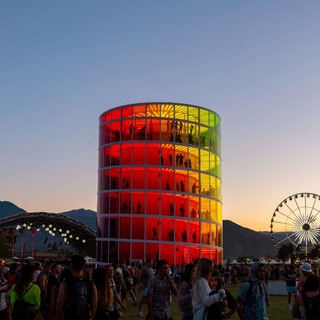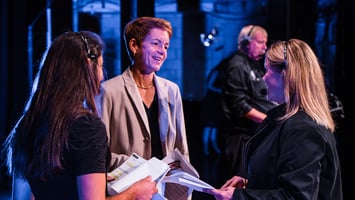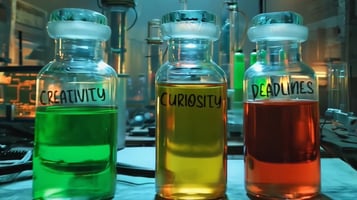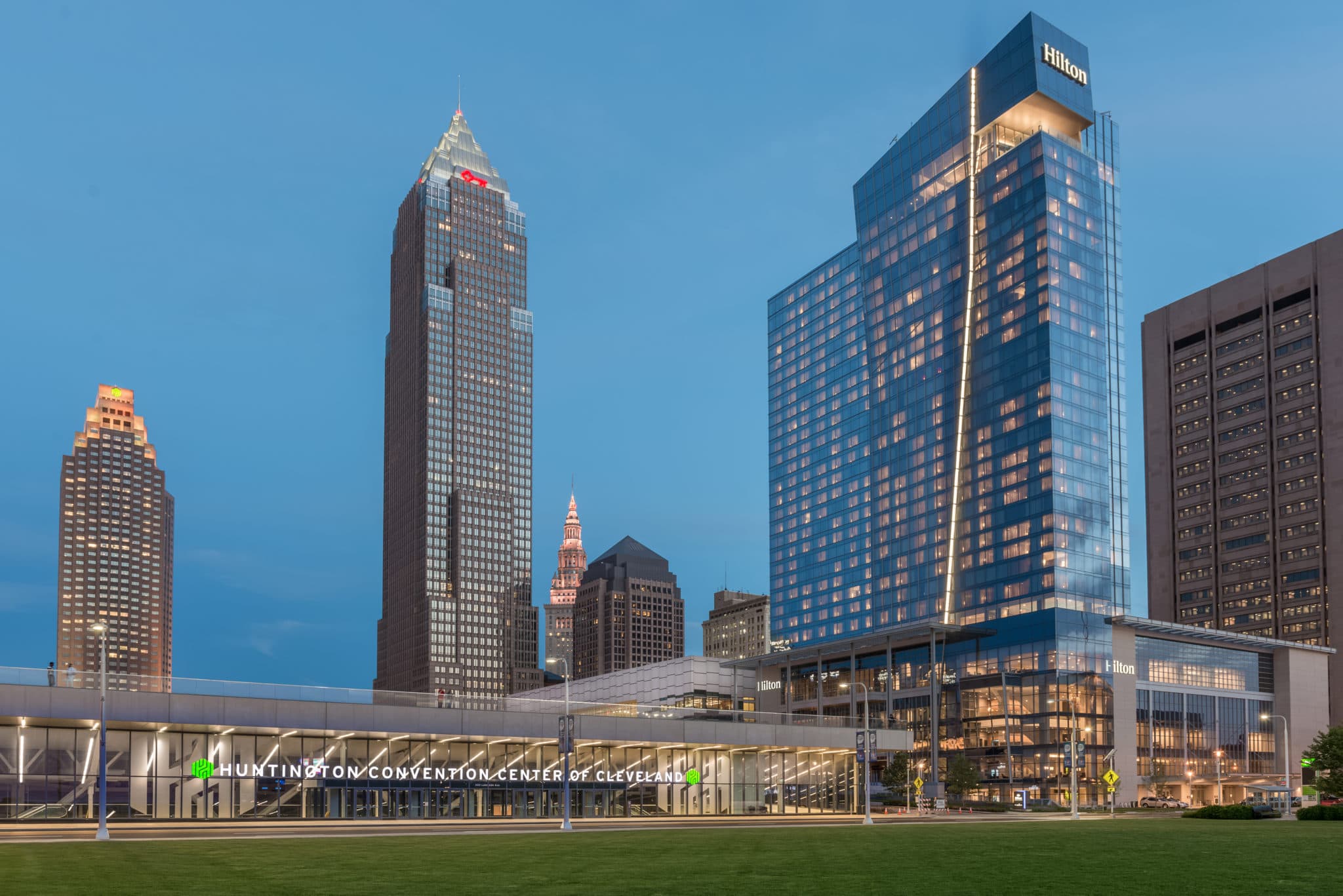Why a Full-Service Approach Matters
Embracing Happenstance: Designing at the Intersection of Limitations, Form, and Function
In the fast-paced world of live events, where timelines are tight and resources are often limited, creativity must rise to meet the moment. Ambition can sometimes feel at odds with constraints—budget, venue restrictions, or client expectations. Yet, within these challenges lies an untapped source of inspiration: happenstance. By welcoming the unexpected and working in harmony with limitations, form, and function, live event designers can craft experiences that are both impactful and memorable.
The Beauty of Limitations
Constraints are often the birthplace of innovation. They force designers to prioritize what matters most and to focus on the essentials of a project. This is especially true in live events, where improvisation is sometimes part of the job. Consider these common constraints:
- Venue Restrictions: A historic venue with structural limitations might lead to creative rigging solutions or stage designs that honor the building's character while meeting modern production needs.
- Budget Challenges: Tight budgets often push event teams to use off-the-shelf or repurposed materials, resulting in designs that feel relatable and resourceful.
- Quick Turnarounds: When there’s no time to perfect, teams rely on adaptable designs and modular systems, often discovering efficiencies they can carry forward to future projects.
Rather than stifling creativity, limitations act as a guiding framework that narrows focus and drives ingenuity.
Form, Function, and the Beauty of Serendipity 
In live events, the balance between form (the visual impact of an experience) and function (the seamless operation of technical elements) is critical. However, it’s often the unplanned moments—the happy accidents—that create unforgettable experiences.
- Organic Design: A stage design that adapts to audience interaction, like dynamic projection mapping or modular scenic elements, can create an immersive, responsive experience that feels spontaneous and alive.
- Venue-Specific Challenges: Transforming unconventional spaces, such as warehouses or outdoor parks, often leads to creative lighting, sound solutions, and staging configurations tailored to the environment.
- Audience-Driven Outcomes: A design that starts with functionality—such as ensuring clear sightlines or comfortable audience flow—often leads to striking visuals as these considerations shape the event’s layout.
Live Event Icons: Serendipity in Action 
Super Bowl Halftime Shows: With just minutes to install and strike, the halftime stage is a masterclass in efficiency and ingenuity. Modular stage pieces, pre-rigged technology, and rehearsed choreography combine to create unforgettable moments like Beyoncé's dynamic performance or the dramatic aerial drones of Lady Gaga’s show.
Coachella’s Art Installations and Stages: The festival’s large-scale art pieces, often limited by weather, size restrictions, and audience interaction, turn constraints into features. Installations like the moving “Spectra Tower” blend aesthetics and audience engagement, transforming logistical challenges into central design elements.
TED Talks Stages: These minimalist designs balance the need for functional layouts that focus on speakers and visuals while keeping branding and lighting dynamic. Each year’s stage design showcases how storytelling and constraints—like compact stage sizes or limited set changes—can inspire thoughtful solutions.
Turning Constraints into Opportunities
The key to harnessing happenstance is to create room for discovery and adaptability during the process. This is especially true in live events, where every variable—from unpredictable weather to last-minute client changes—can impact the design. Here are some ways to lean into constraints:
.png?width=539&height=249&name=Render_MJX_MAC_TF2024_ConceptA_1-12%20(1).png)
- Rapid Prototyping: Creating mockups of set pieces or lighting designs can reveal unexpected solutions or new directions.
- Collaborative Brainstorms: Bringing together production teams, designers, and technical crews often sparks creative intersections between vision and practicality.
- Responsive Design: Building flexibility into designs—whether through modular stage pieces, adaptable lighting rigs, or scalable video walls—allows teams to pivot when the unexpected arises.
Practical Takeaways for Live Event Designers
- Start with the Challenge: Let the constraints guide your thinking. Whether it’s the shape of a venue or the limitations of a budget, the problem often contains the seed of the solution.
- Focus on Flow: For live events, audience movement and usability should drive design decisions. Beautiful aesthetics naturally emerge when form follows function.
- Celebrate Imperfection: The last-minute adjustment or improvised workaround often becomes the highlight of the event. Embrace these moments as part of the process.
- Stay Flexible: In live events, adaptability is everything. Designs that anticipate change are more likely to succeed—and surprise.
Conclusion
The live event industry thrives on a delicate dance between vision and practicality. When we embrace the unexpected and work within the boundaries of limitations, form, and function, we discover designs that feel effortless and deeply connected to their purpose. Happenstance isn’t just a tool for innovation—it’s a reminder that the most powerful experiences often emerge from the intersection of planning and spontaneity. After all, isn’t that what live events are all about?


